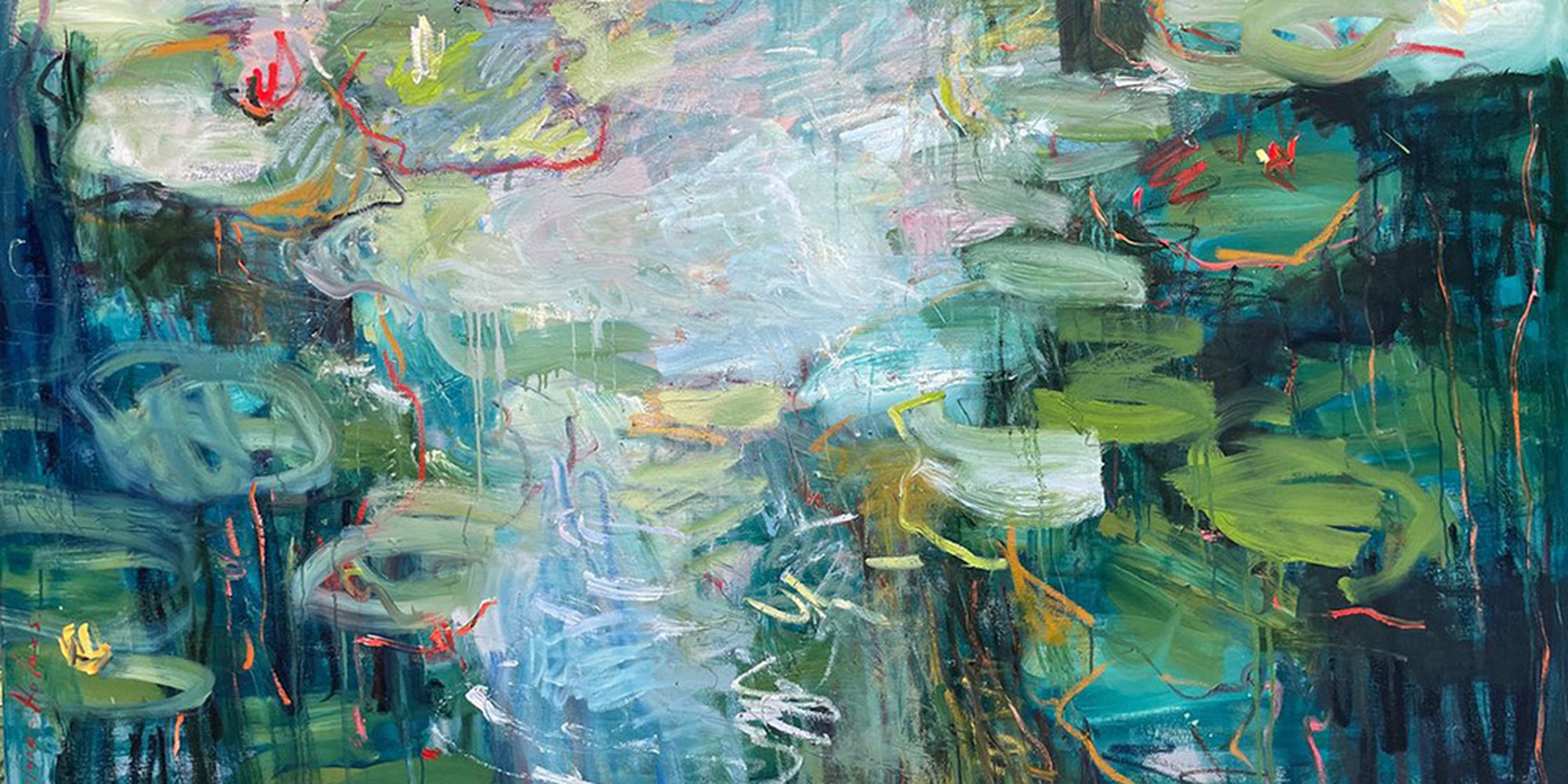Claude Monet, the esteemed French painter of the 19th century, has left an indelible mark on the art world with his revolutionary approach to painting.
As a key figure of the Impressionist movement, Monet’s unique style and techniques continue to captivate art enthusiasts and scholars alike.
In this comprehensive exploration, we delve into the mesmerizing brushstrokes of Monet, delving deeper into the essence of his iconic painting style and shedding light on his immense artistic contributions.
Impressionism: A Radical Shift in Artistic Expression
At the heart of Monet’s painting style lies the Impressionist movement, a revolutionary departure from traditional academic art. Monet, along with other like-minded artists, challenged the established norms by daring to capture the fleeting effects of light, color, and atmosphere on canvas.
The movement sought to depict the ever-changing nature of the world and embraced the immediacy of perception.

En Plein Air: Embracing the Essence of Nature
One of the defining aspects of Monet’s painting technique was his affinity for plein air painting, which involved working outdoors directly from nature. By immersing himself in the natural environment, Monet could observe the subtle nuances of light, shadow, and color that transformed landscapes throughout the day.
This intimate connection with nature allowed him to infuse his paintings with a sense of vitality and authenticity.
The Allure of Brushstrokes: Conveying Movement and Atmosphere
Monet’s brushwork is characterized by its loose and spontaneous nature, capturing the essence of the scene with bold and visible strokes. His brushstrokes possess an energy and dynamism that bring his subjects to life, evoking a sense of movement and capturing the fleeting nature of light and atmosphere.
The rapid application of paint on the canvas adds a sense of immediacy, inviting viewers to immerse themselves in the moment.

The Symphony of Colors: Vibrancy and Optical Mixing
Monet’s vibrant color palette is another hallmark of his painting style. He had a keen eye for capturing the true essence of color and employed a range of pure, unmixed hues to achieve a sense of vibrancy and luminosity in his works.
Through the technique of optical mixing, Monet allowed the viewer’s eye to blend colors optically, creating a sense of depth and realism that mimics the way our eyes perceive color in the natural world.
Subject Matter: From Landscapes to Water Lilies
Throughout his career, Monet explored a variety of subjects, each with its own unique allure. His early works often depicted landscapes, including his famous series of haystacks, poplars, and the iconic Rouen Cathedral.
These paintings showcased his ability to capture the play of light and atmosphere on different natural elements. In his later years, Monet’s focus shifted to water lilies, capturing the ever-changing reflections on the surface of ponds and immersing viewers in a serene and dreamlike world.

The Impressionist Legacy: Monet’s Influence on Modern Art
Monet’s impact on the art world extends far beyond his own lifetime. His groundbreaking techniques and innovative approach to painting laid the foundation for subsequent generations of artists.
The Post-Impressionists, such as Vincent van Gogh and Paul Cézanne, drew inspiration from Monet’s revolutionary style, further pushing the boundaries of artistic expression. Monet’s influence can also be seen in the development of abstract art, as his emphasis on capturing fleeting impressions and the essence of a subject opened doors to new artistic possibilities.
Monet’s Enduring Impact: Exhibitions and Collections
To this day, Monet’s works continue to be celebrated in major exhibitions and renowned galleries worldwide. Art enthusiasts and connoisseurs flock to these exhibitions to experience firsthand the breathtaking beauty and depth of his artistry.
/cdn.vox-cdn.com/uploads/chorus_asset/file/14600750/800px-Monet_-_Sonnenaufgang_bei_Etretat.1419980278.jpg)
Notable collections, such as the Musée d’Orsay in Paris and the Museum of Modern Art in New York, house some of his most iconic paintings, providing a treasure trove of inspiration for art lovers and scholars alike.
By delving into Monet’s mesmerizing painting style, from his enchanting brushstrokes to his vibrant color palette, this article aims to offer readers a comprehensive understanding of his artistic legacy.
Monet’s ability to capture the ephemeral beauty of nature and evoke a sense of atmosphere continues to inspire and captivate audiences worldwide.
His innovative techniques and unwavering dedication to his craft have solidified his position as one of the most influential painters in history, leaving an indelible mark on the art world for generations to come.






